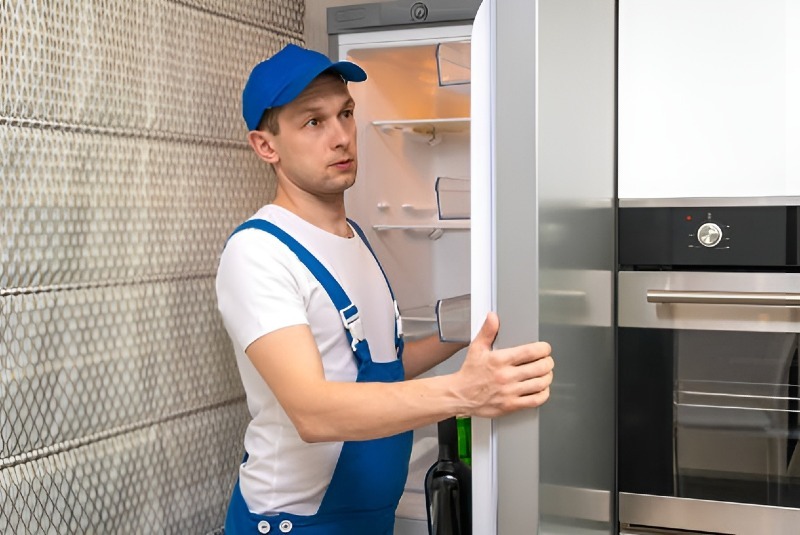2/7/2025 12:14 AM

Have you recently observed that your refrigerator is not keeping the right temperature?In that case, the thermostat could be the culprit. Repairing a refrigerator thermostat is frequently a simple DIY project, allowing you to avoid the hassle and expense of employing an expert. In this article, we'll guide you through the essentials of thermostat repair for refrigerators, frequent error codes, and diagnostic tips, enabling you to restore your fridge to proper working order.
The function of your refrigerator's thermostat is to control the temperature within the unit.
It guarantees that your food remains cool and fresh. If your refrigerator is not cool enough or is too chilly, the thermostat could be defective. Indicators that your thermostat requires servicing consist of frost accumulation, spoiled items, or an unexpectedly warm fridge section.Prior to embarking on a refrigerator repair thermostat project, it's essential to grasp several typical error codes that may show up on your device's screen. For example, owning a Samsung or LG refrigerator, codes such as 22E or 22C may signify problems with the fan or cooling, which can occasionally be associated with a defective thermostat. Refer to your appliance's manual for particular error codes associated with your model, since they can differ greatly by brand.
For troubleshooting, begin by disconnecting your refrigerator to guarantee safety. Find the thermostat, typically located within your fridge's control panel or close to the lighting system. Utilize a multimeter to check for continuity. If the reading indicates no continuity, the thermostat is probably faulty and requires replacement. Visit the internet or your nearby appliance shop to locate a new thermostat that works with your brand, be it GE, Whirlpool, or Frigidaire, many of which are available in Sunset, FL.
To change the thermostat, gently take out the old one by unscrewing it and detaching the wires. To install the new thermostat, follow these steps in reverse, making sure the wire connections are tight. After reinstalling, reconnect the refrigerator and adjust it to the preferred temperature. Keep an eye on the temperature over the next 24 hours to verify that everything is operating as it should. Consistent upkeep of your refrigerator can also avert thermostat problems. Regularly clean the coil and inspect the door seals to make sure your refrigerator operates efficiently. Focusing on these aspects will prolong the lifespan of your appliance and improve its efficiency.
Tackling refrigerator repair thermostat issues on your own allows you to reduce repair expenses while also enhancing your knowledge of the appliance. Nonetheless, if the problem continues or you are unsure, feel free to reach out to an expert.